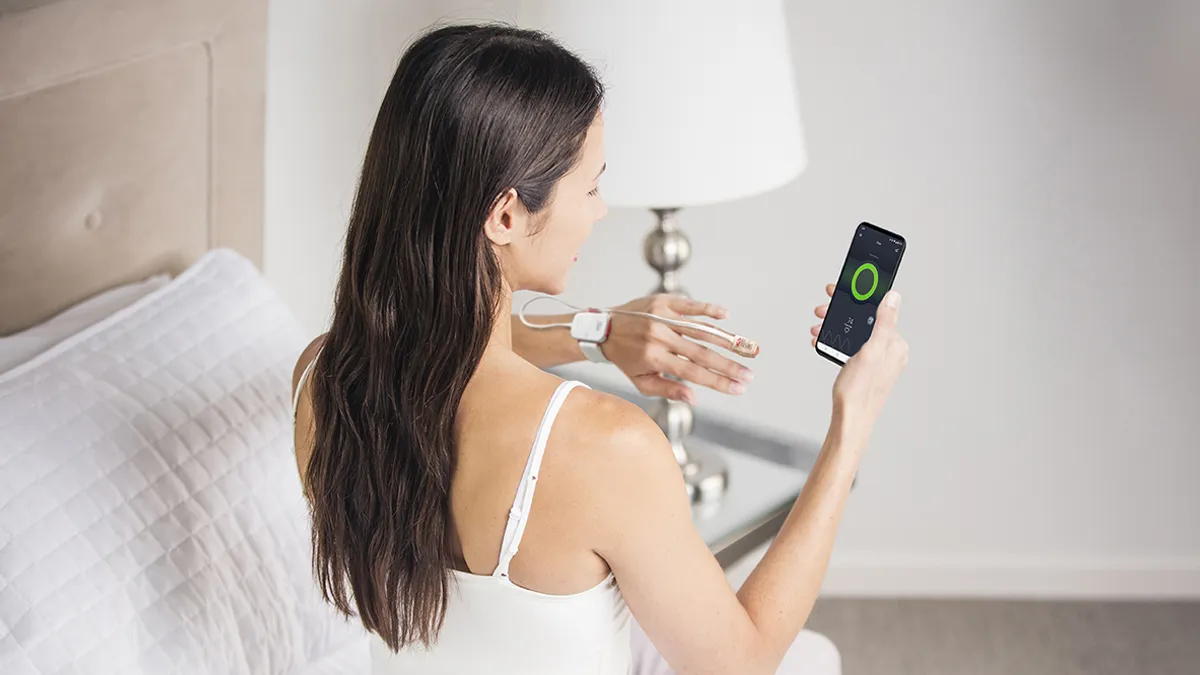Dive Brief:
- The U.S. Food and Drug Administration has granted De Novo authorization to a Masimo device for detecting signs of opioid overdose.
- Masimo has based the device on its technology for monitoring blood oxygen levels. When the algorithm detects patterns associated with opioid-induced respiratory depression, the system sends a series of alerts that escalates in line with the risk level.
- The authorization clears Masimo to provide the device, branded the Masimo Opioid Halo, over the counter and via prescription. Masimo is selling the device for $249.99.
Dive Insight:
In 2018, the FDA began an innovation challenge designed to spur development of medical devices that address pain, addiction and diversion, which is the use of prescription drugs for purposes not intended by the prescriber. Masimo was one of eight companies selected the next year. Since then, Masimo has worked with the FDA to accelerate the development of the technology and this week became the first participant in the challenge to secure authorization of their opioid product.
The product consists of an adhesive fingertip sensor, reusable pulse oximeter and Bluetooth chip, home medical hub and smartphone app. Because opioid-induced respiratory depression is associated with low respiratory rate and oxygen saturation, Masimo’s foundational pulse oximetry technology is equipped to detect the condition. Masimo has developed an algorithm to determine when the vital signs captured by its pulse oximeter indicate a patient may be at risk of respiratory depression.
When data from the sensor, which is designed to work during movement, when hands are cold and on all skin pigmentations, indicates a risk of respiratory depression, the app and hub issue audible and visual alarms to facilitate self recovery. If the risk level continues to rise, the system will send text messages to designated friends and family members and, depending on the settings, ultimately call a service center. The call can lead to emergency medical services being dispatched.
Masimo is marketing the device to people who are taking prescribed opioids, including patients who are recovering at home after surgery and individuals who are using opioids illicitly for non-medical purposes. The dual approach reflects the fact that even prescribed doses of opioids can cause breathing to slow or stop.











